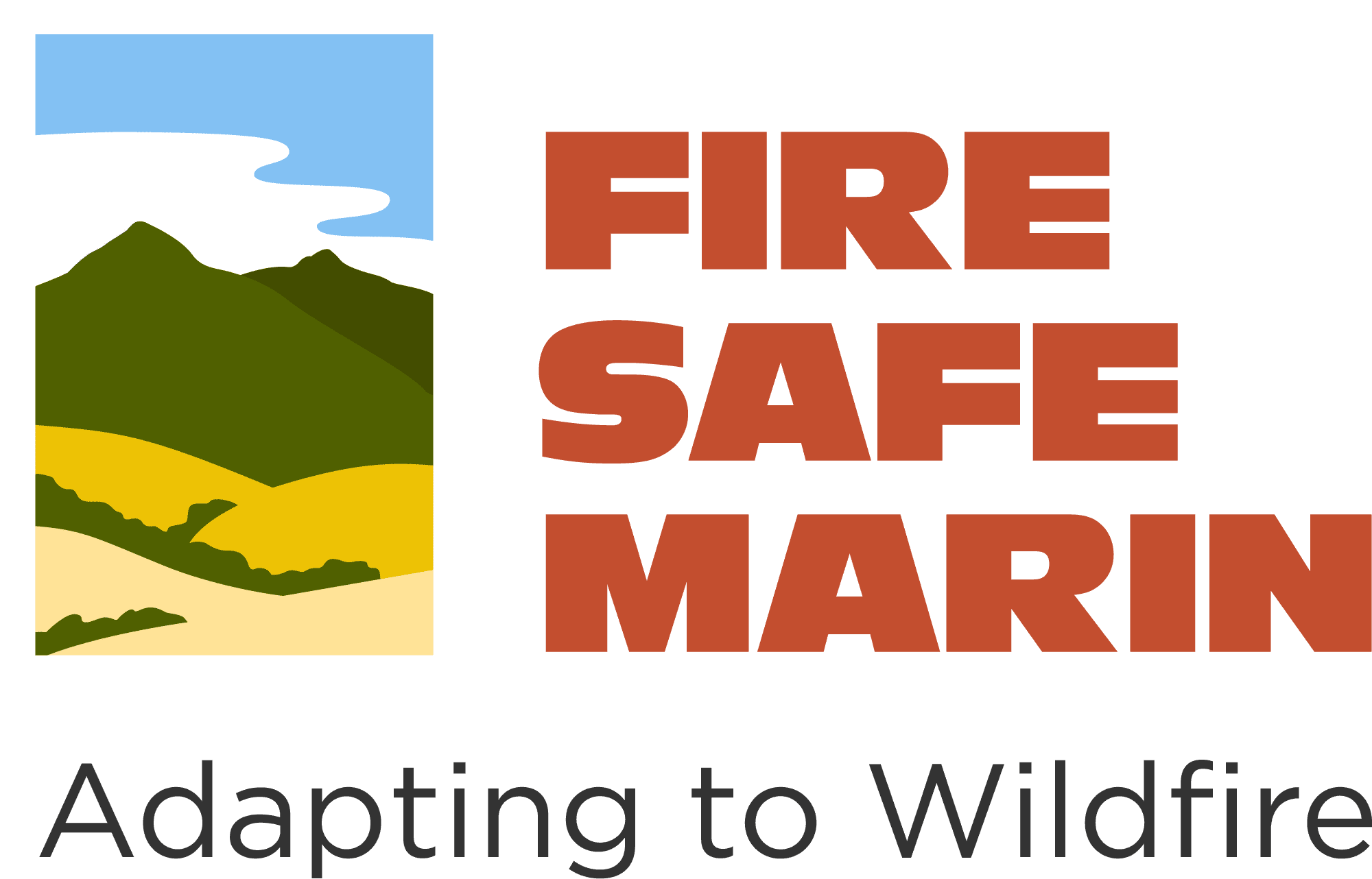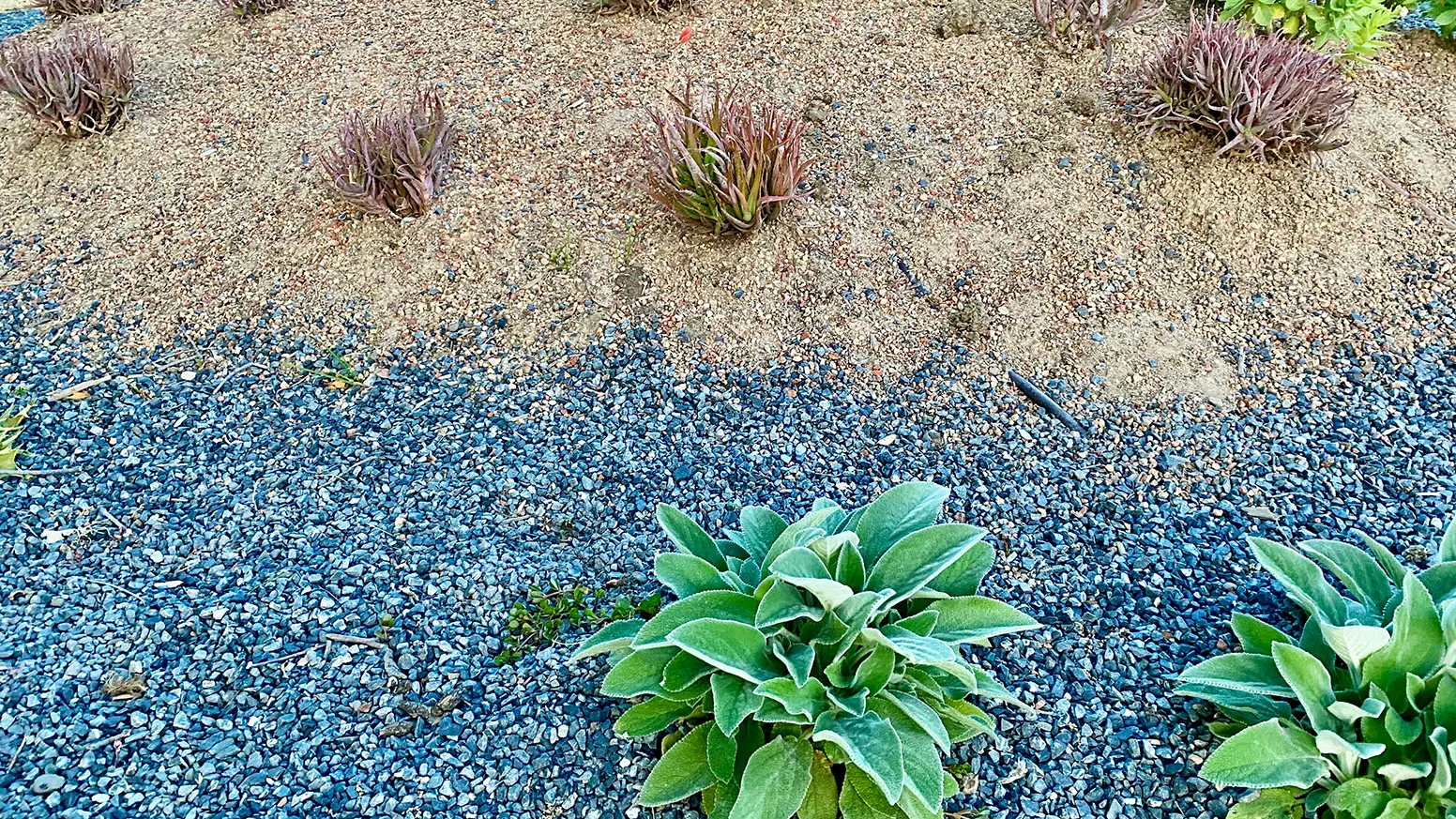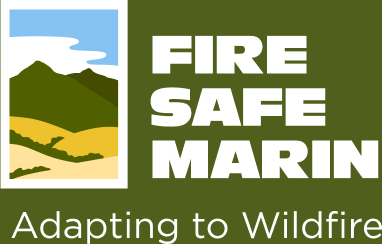Mulch is any material spread over soil to retain moisture, suppress weeds, and prevent erosion. For fire
safety, inorganic mulches such as rock are a non-combustible option that can be used anywhere in your
landscape. Organic mulch is composed of plant materials and is combustible, but also provides many
ecological advantages.
Zone 0 (0-5 feet from structures)
Use only non-combustible mulch like stone, gravel, or decomposed granite in this critical area around
your house and wooden structures. These materials reduce the risk of ember ignition, offering extra
protection for your home.
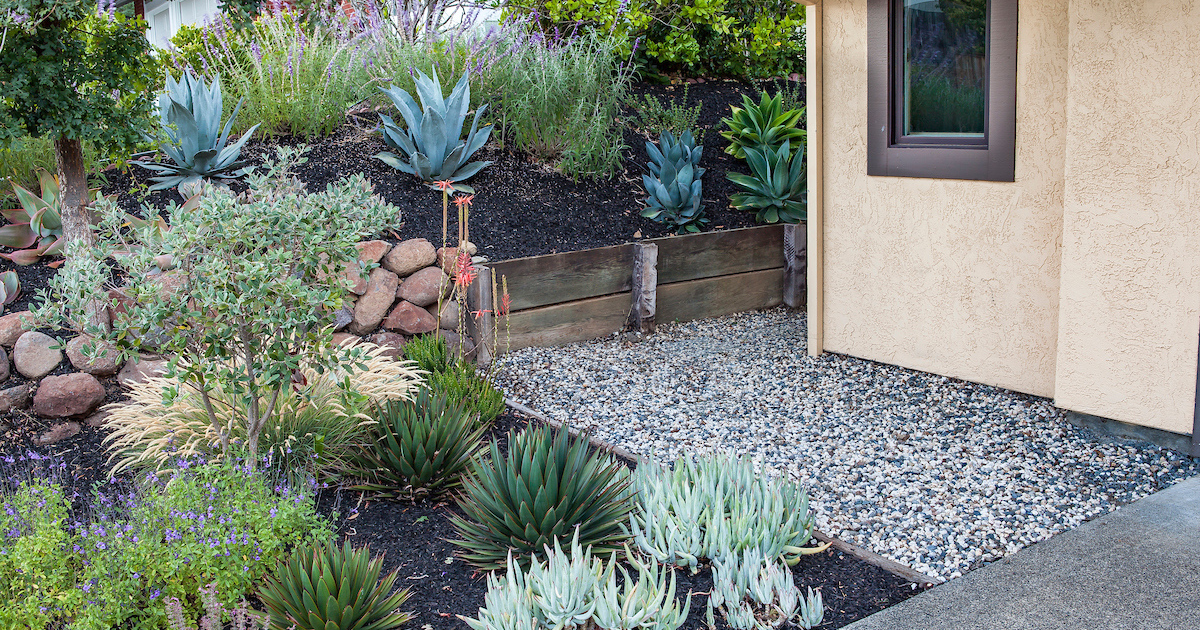
Zone 1 (5-30 feet)
Combustible mulches such as composted wood chips, are allowed in this Zone, but follow these
guidelines:
● Keep combustible mulch depth to 3 inches or less
● Create fuel breaks by dividing areas of combustible mulch and plant groupings with non-
combustible mulch or hardscaping
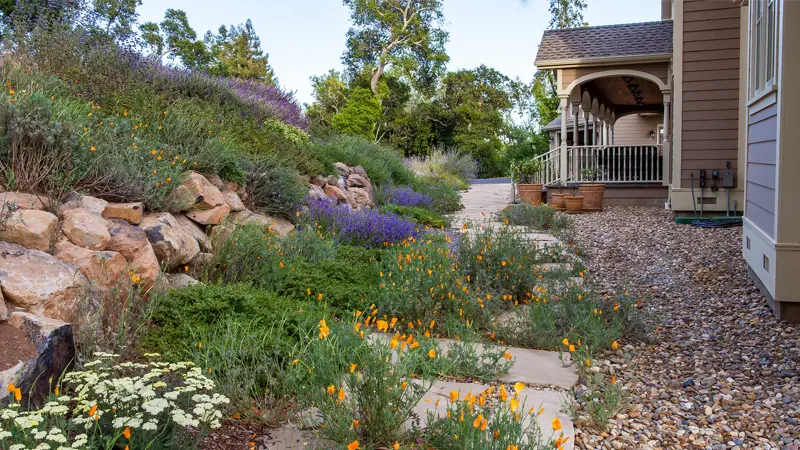
Zone 2 (30-100 feet)
Larger wood chips or bark nuggets (composted or non-composted) work well in this area up to 3 inches
in depth.
Materials to Avoid
- Avoid any fine, stringy mulch materials, as they ignite easily and burn faster than larger wood chips.
- Do not use hazardous mulches like shredded western red cedar (“gorilla hair”), pine needles, or rubber.
For more information on fire smart landscaping, visit the Marin Master Gardeners Website.
